It was an up and down week for fans of Wear OS with the news that Google may launch the oft-rumored Pixel Watch later this year, followed by the NPD report that Wear OS had probably at best a 10% smartwatch market share in the US last year. But, if you are a glass (Oops, probably shouldn’t mention Glass in a Google wearables post.) is half full sort of person, that doesn’t sound that bad considering the lack of hardware support from Qualcomm and the horrendous misstep that was Android Wear 2.0 in early 2017.
With those factors in mind, it seems frankly astounding that Wear OS has managed to maintain that kind of market share and it’s hard not to imagine that barring Google abandoning the platform entirely, the only way to go is up. Assuming that Google isn’t going to simply drop Wear OS like a messaging app and take a look at how, or if, Google can turn things around.
We can look at the Pixel line of smartphones and conclude with reasonable certainty that a Pixel Watch offering from Google is unlikely to single-handedly turn around the fortunes of Wear OS. Even if it proves to be a singularly phenomenal smartwatch, like the original Nexus program, it could serve as a blueprint for others. And winning other manufacturers back is certainly key to righting the slowly sinking Wear OS ship with former partners like Samsung and Huawei disembarking in favor of their own wearable operating systems.
While it is understandably the part that people want to focus on, the hardware basically can’t be the story of the Pixel Watch, as Ron Amadeo from Ars Technica thoroughly drove home in his article raining on everyone’s parade following the Fossil deal in January. The lack of a truly modern SoC to power the Pixel Watch means that it is fighting the Apple Watch and Samsung wearables with one-hand tied behind its back. So unless Google has a secret source for SoCs that has escaped everyone’s notice (the new gChip rumor could do the trick), what the Pixel Watch and Wear OS in general need to do to succeed is to acknowledge and operate within the hardware confines that exist for it.
The lesson that Apple learned rapidly with its flailing initial efforts with the Apple Watch, seems to have only hit home for Google almost 5 years on. Apple thought it was going to launch a fashion device that was almost as capable as a smartphone, neither of those notions proved true. The fashion aspirations all but died and the product shifted focus almost entirely to fitness, notifications and more recently payments. While there are unquestionably other use cases for a smartwatch, Google Assistant is a perfect example and unlike Siri it actually works. In reality, a handful of core experiences like fitness, notifications and payments are the sort of things that are useful day in and day out and serve as a constant reminder of the product’s utility both for owners and prospective buyers seeing the devices in action.
Wear OS 2.0 in many ways seemed to be Google coming to this realization with a return of some of the simplicity that was lost with Android Wear 2.0. This more than anything gives me hope for the Pixel Watch and Wear OS, Google has seen the direction that it needs to take this platform. The Wear OS site today focuses on Google Assistant, Productivity, Notifications, Fitness, Music and Style. While I’d quibble about the order that they are putting those in, for the most part they finally seem to have their priorities straight and if they can now manage to apply their ability to get more out of less with the smartwatch hardware, as they do with the Pixel smartphones, Google may finally be able to change its fortunes in wearables.

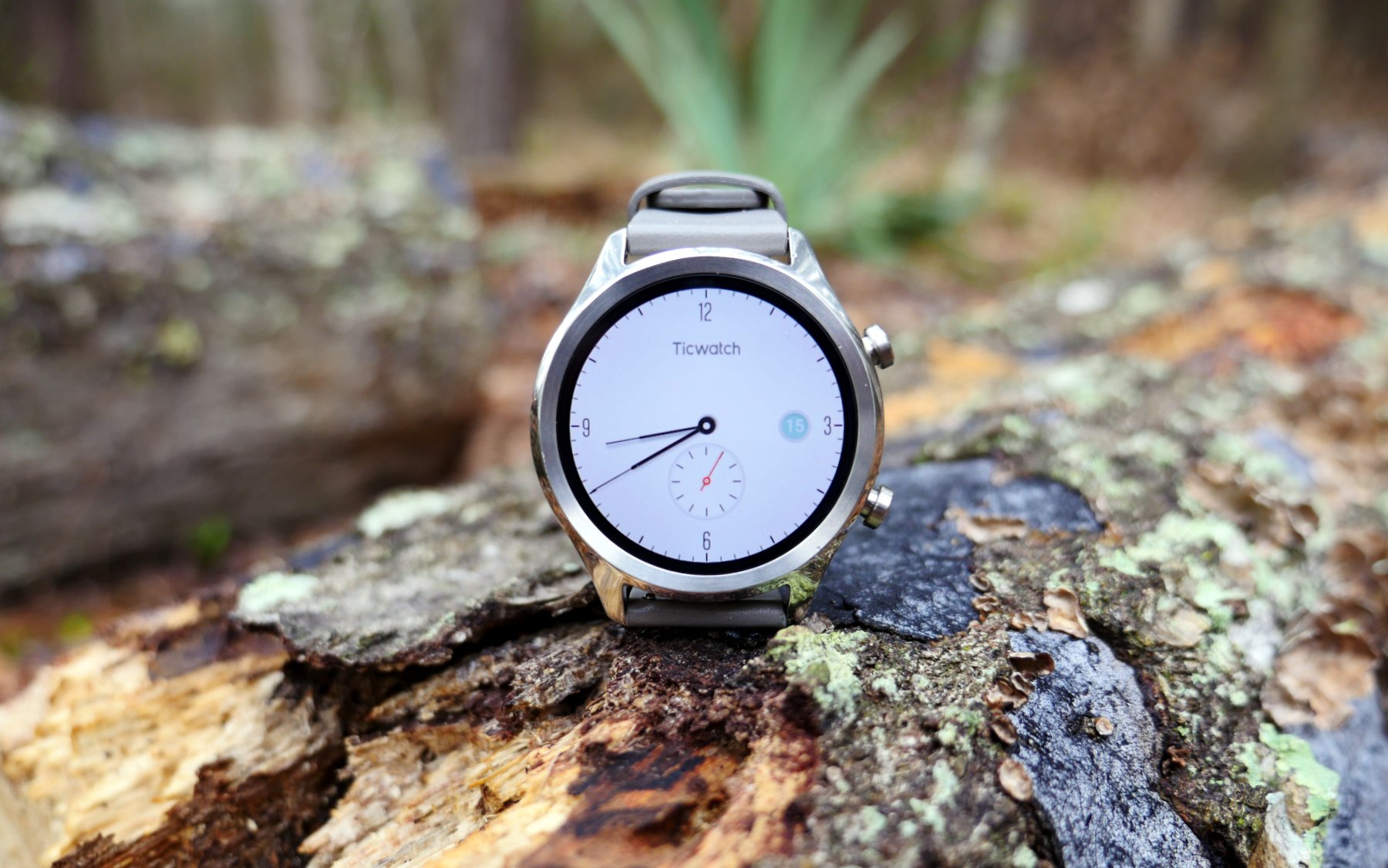

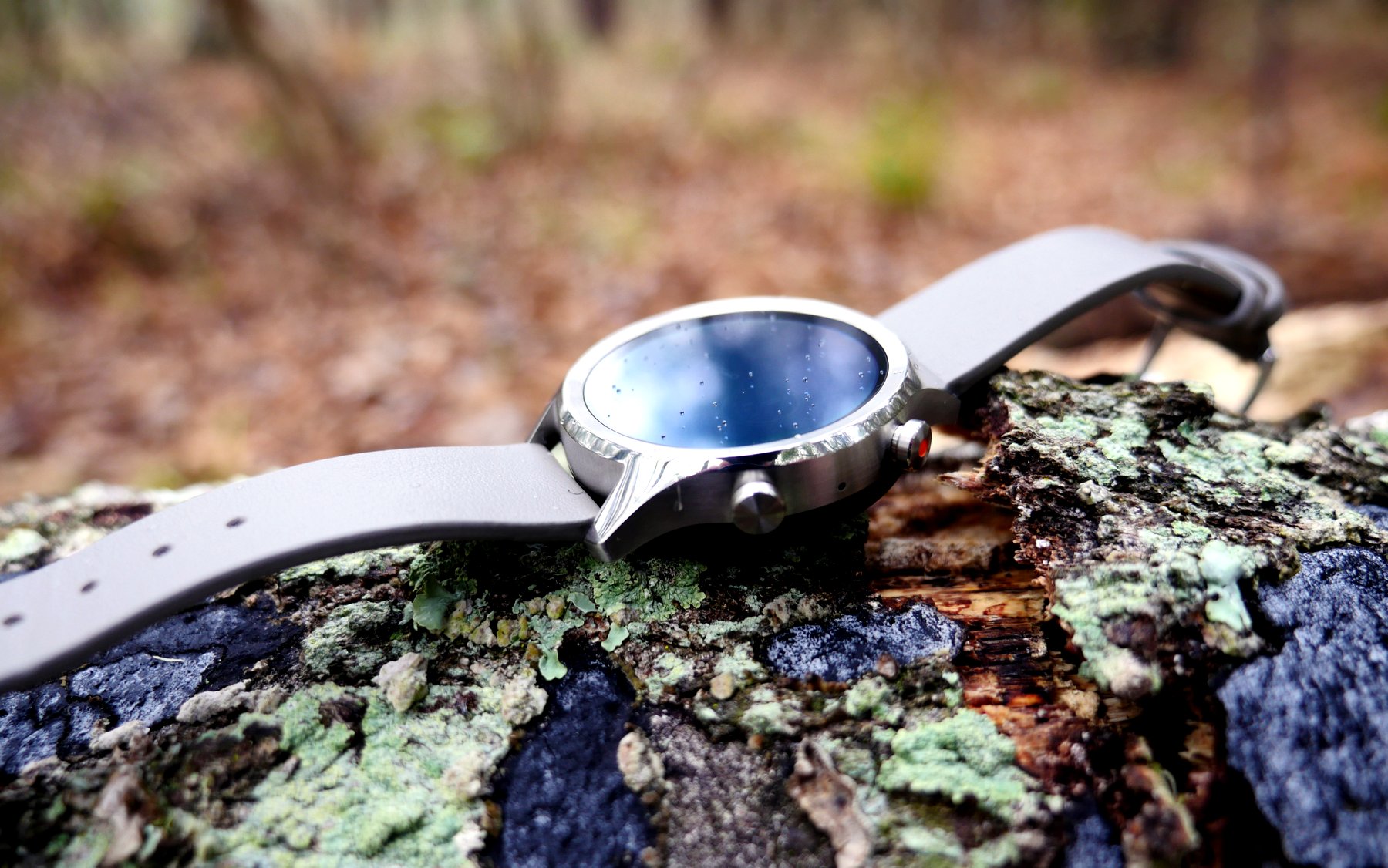
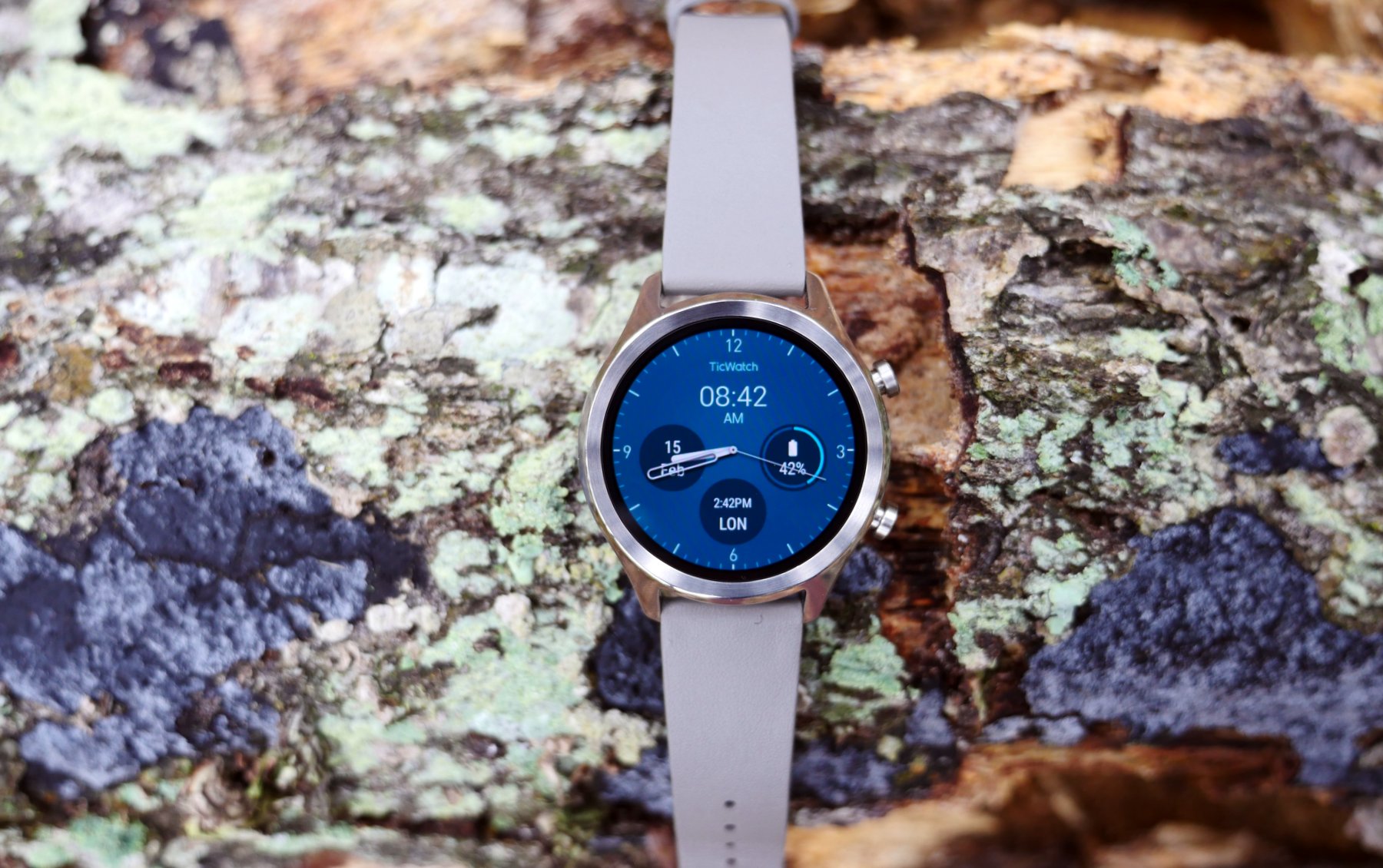
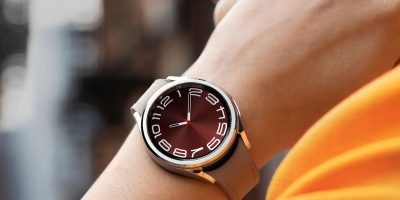
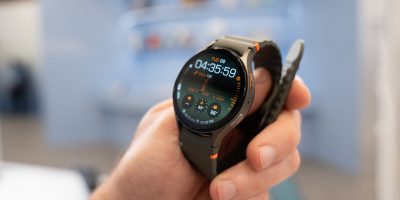

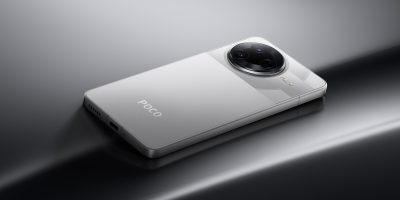


Comments